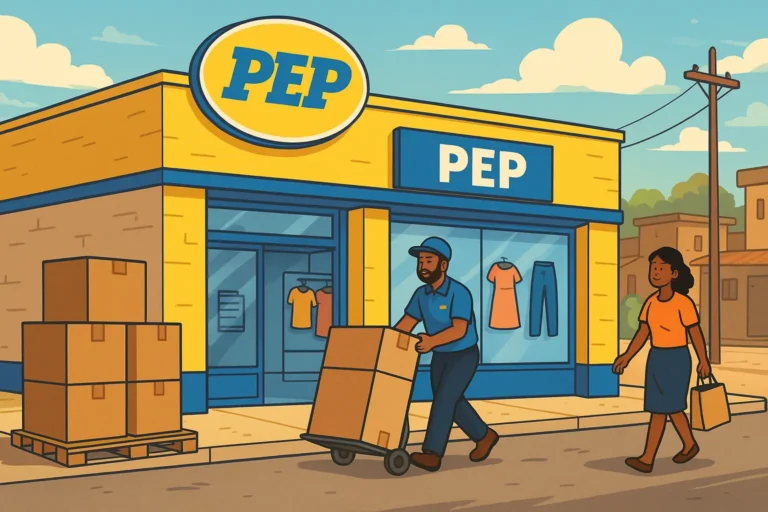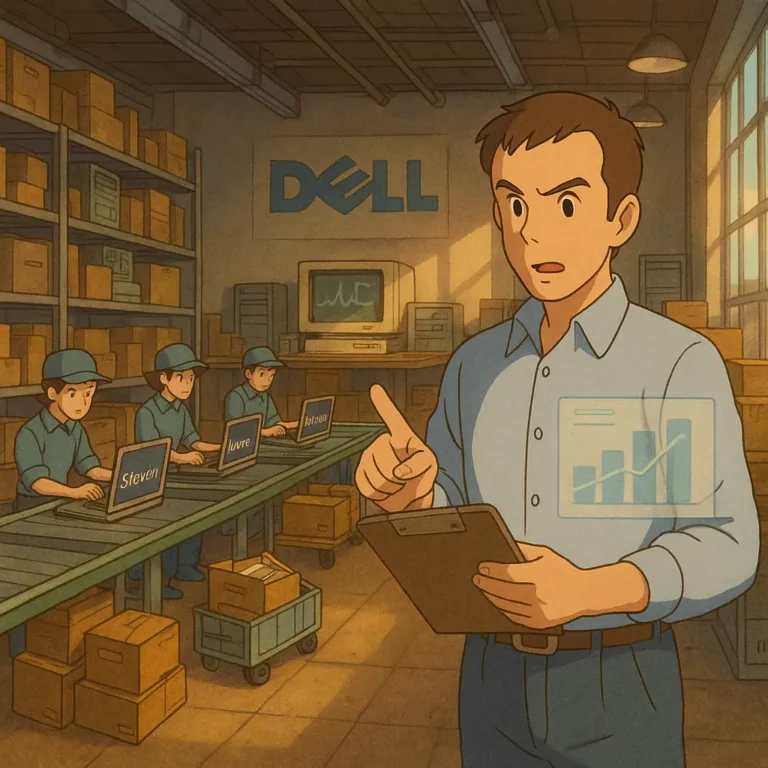
Every product has a life cycle. It could be days, weeks, months, or years, but a product’s life span eventually ends. The beginning of its life to the end and all that goes on in between is what is known as the product life cycle management.
Take your cell phone, for instance. They are built to last for north of five years, but their life span in the market is closer to two years. That could be a stretch for some of them.
The product life cycle is such a powerful component that it defines the supply chain management strategy around that product.
Stages of the product life cycle and the role of supply chain management
The product life cycle comprises four stages, from its entrance to the market until it leaves the market.
The stages are:
- Introduction
- Growth
- Maturity
- Decline
Stage 1: Introduction
Also known as product launch. This is the first stage after the product has been fully developed. Although the introduction can be very high stakes, it doesn’t determine the product’s success.
The supply chain management wants to make the product as readily available as soon as possible. But at the same time, it doesn’t want to make too much that it results in overstocking.
Gauging the market and determining the market’s interest and potential demand is an effective way to accomplish this.
After the introduction, the market needs time to decide on the product. Sometimes, it takes a while to receive a product, but sometimes, the reception can be immediate.
Stage 2: Growth
This is when the market begins to take action on the product. At this stage, the customers begin to take note of the product, and sales begin to come in.
Anticipating this ensures the supply infrastructure is in place to ensure the business can respond accordingly.
This stage is critical because failure to meet demands can determine the customer’s perspective of the business. You don’t want them to think negatively. More money will be spent trying to overcome it.
The quality and impact of the product on the market determine how long the product cycle will last and if the next stage pays off.
Stage 3: Maturity
The maturity stage can be bitter-sweet for the product. At this stage, the product reaches its peak sales or interest from the market but also begins to decline.
The maturity can be due to competition, pricing, or product saturation. However, a very good supply chain management operation can help extend this stage.
If the supply chain can innovate to edge out the competition, whether it is in pricing or providing other solutions alongside the product.
Stage 4: Decline
The final stage of the product. The product is beginning to phase out from the market at this stage. The stage eventually comes for all products despite how long the company or manufacturers push for the product to stay.
The decline stage signals that customers are fed up with the product and are demanding something different.
Benefits of Product Life Cycle Management (PLCM)
Effectively managing a product’s life cycle has a few benefits.
𝟭. 𝗔 𝗱𝗲𝗳𝗶𝗻𝗲𝗱 𝗺𝗮𝗿𝗸𝗲𝘁 𝗽𝗲𝗻𝗲𝘁𝗿𝗮𝘁𝗶𝗼𝗻 𝘀𝘁𝗿𝗮𝘁𝗲𝗴𝘆: When a product is adequately managed, it impacts its introduction to the market. Cost, time, and product quality are all impacted when the product life cycle and supply chain are managed properly.
𝟮. 𝗣𝗿𝗼𝗱𝘂𝗰𝘁 𝗼𝗽𝘁𝗶𝗺𝗶𝘇𝗮𝘁𝗶𝗼𝗻: An effective product life cycle management within the supply chain provides a framework for optimizing products to suit customer demand. With an effective supply chain, you can identify a customer’s issue with the product and change it to extend its life cycle.
𝟯. 𝗦𝗮𝗹𝗲𝘀 𝗿𝗲𝘃𝗲𝗻𝘂𝗲 𝗮𝗻𝗱 𝗽𝗿𝗼𝗳𝗶𝘁: Managing the product life cycle means the manufacturer or business identifies sales strategies to help the product achieve the most revenue before its life cycle is over. The more revenue, the more profitable the product is to the business.
𝟰. 𝗘𝘅𝘁𝗲𝗻𝗱 𝘁𝗵𝗲 𝗽𝗿𝗼𝗱𝘂𝗰𝘁’𝘀 𝗹𝗶𝗳𝗲 𝗰𝘆𝗰𝗹𝗲: With an effective PLCMS, you can extend the product’s life cycle by adopting its attributes to demands and market trends. The caveat here is that this does not apply to all products.
Challenges of the Product Life Cycle Management
While the PLCM has quite the benefits, there are also a few challenges the product manager has to face. Some of them are:
1. Unpredictability
While the product manager might plan and strategize to make the product successful in the market, there are still factors that could totally make the product a failure.
For instance, a widely publicised defect in the product can turn the market off.
Remember the Samsung Galaxy Note 7 and all its hype? A defective battery took the phone out of the market while still at the introduction stage.
2. Fluctuating stage span
The different stages in the product life can be quite unpredictable as well.
The introduction phase might draw out more than it should, or sometimes the growth phase might be quicker than expected.
Fluctuating time frames could be challenging to navigate, especially during demand forecasting.
3. Too much reliance on the PLCM model
The PLCM model serves as a guide to manufacturers and supply chains in getting the best out of the product. However, sometimes, there can be too much reliance on the model.
Because of the model, critics have argued that manufacturers, businesses, and supply chains tend to move on too quickly to the next stage of the product life cycle. Especially if they believe the product is done with the initial stage when many times that may not be true.
Sometimes, other market factors play a role in sales fluctuation, but that is rarely the case.

Obinabo Tochukwu Tabansi is a supply chain digital writer & ghostwriter helping professionals and business owners across Africa explore various strategies that work and learn from the success and failures of various supply chains across the globe. He also ghostwrites social content for logistics & supply chain businesses








